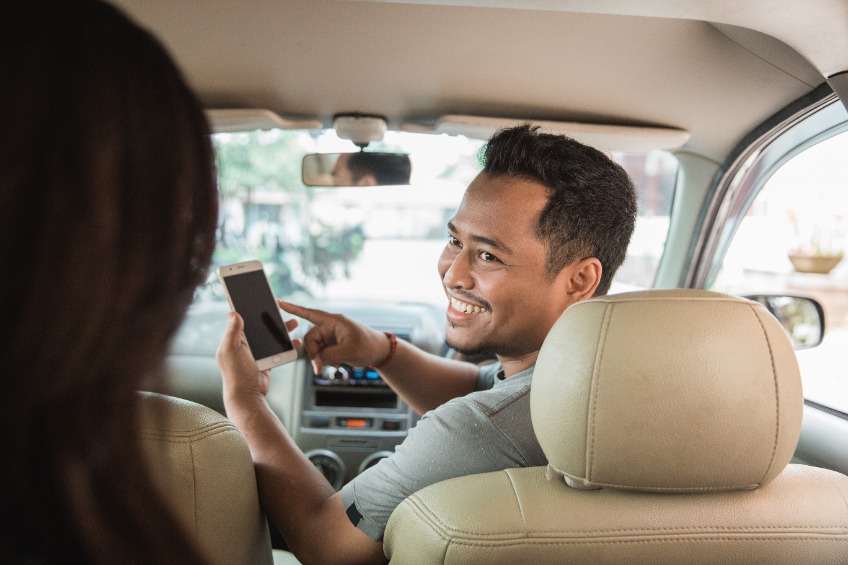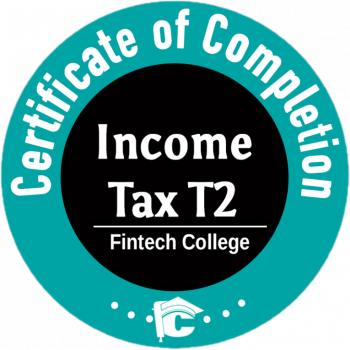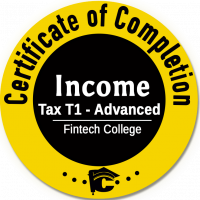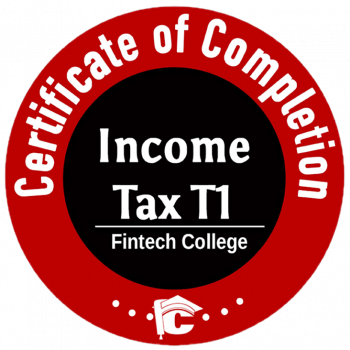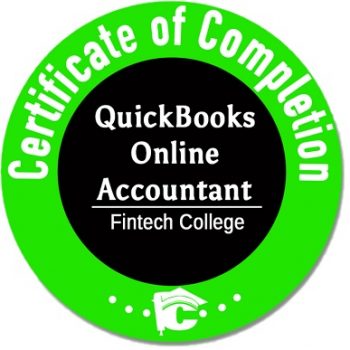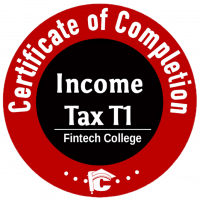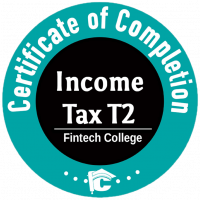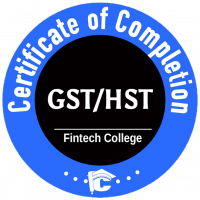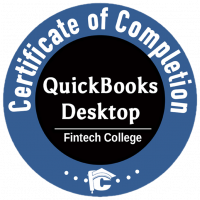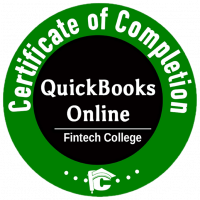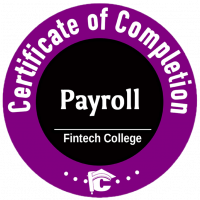Deductible expenses are what helps lower your tax owing, so be sure to claim all your eligible costs. These include:
1. Mileage
- The Uber tax summary of total online kilometers includes all the kilometers you drove waiting for a trip, en-route to a rider, and on a trip.
- You can claim any other business-related mileage, such as the mileage you drove to pick up riders, the mileage you drove after dropping off the passengers if you’re waiting for another ride, and the mileage you drove before rides were canceled. However, you must keep careful records of your off-trip mileage.
- There are many free apps that you can use to keep track of your mileage or you can use a spreadsheet. Check out some different options in the Google Play or Apple Store and see what people are using the most.
- If you do it manually, the easiest way is set your trip odometer every time you go out on the road and record how many kilometers you drove when you finish. Remember to write down your odometer reading at the start of the year and at the end of the year. You will need to separate the number of kilometers you drove for personal use and for business use.
2. Maintenance expenses (gas, oil, windshield washer fluid, new tires, tune-ups, etc.);
- Most rideshare drivers are using their personal car, so it is important you separate the kilometers you drove for Uber and for personal use.
- The easiest way to do this is to take a reading of your vehicle’s odometer January 1st and again at the end of the year. Example, say you drove 18,000 kilometers the whole year.
- Say you report a total of 6,000 kilometers while doing your Uber taxes. That means that you can claim 30% (for most) expenses like gas, oil changes, etc. Things like the purchase price (capital cost) of your car are calculated a little differently.
- Ideally you want to keep track of the kilometers as you are driving for Uber but if you didn’t you can find that number in the annual tax summary Uber provides you.
- It is better to keep track of it once you start a “shift” because the tax summary is only going to give you the kilometers you drove while on trips and not driving around waiting for pings, getting to a surge zone or on your way to pick up a passenger.
3. Car Washes;
- Rideshare drivers need to keep their vehicles clean and tidy to get good ratings from passengers. You can deduct a portion of these expenses on your return.
4. Transponder for toll roads, tolls or parking costs;
- Yes, you can write off the costs of any tolls or parking fees you incur while working as an Uber or Lyft driver. However, it has to be for a business expense. If you drive through a toll on your own time, the cost isn’t considered tax-deductible. Keep records of all the tolls you drive through and any parking receipts, and add them to your collection of business receipts.
5. Cell phone expenses;
- You can claim part of it! Unless of course you have a separate phone that you use for work 100% of the time. If you use the same phone for rideshare work as well as personal, you can only claim a partial deduction.
- Let’s say you used your cell phone 30% of the time while driving for Uber to run the app, calling passengers, using the navigation apps, then you can claim 30% of your phone plan.
6. Uber Booking Fees, are they considered as expenses?
- Yes, they are! The cut that Uber and Lyft takes is basically a business expense. The customer is paying you and then you have to pay the rideshare company for their services. It just doesn’t seem that way because you never actually get that money in the first place. These fees can be classified as an administrative/management or agent fee. You will get a summary at the end of the year from the rideshare company that will break all this down for you.
- The terminology is bit different between each company, like Uber & Booking Fee, Lyft & Service Fee, but they are basically the same. This is important because HST is actually charged on the total fare including these fees. This is why it may seem like your income is higher on annual tax summary because the total fare is included as your earnings and then the fees each rideshare company keep are expenses.
7. Dash-cams, Cell phone mounts, Phone accessories (chargers, auxiliary cords and hands-free headsets);
- You may also buy supplies for your car, such as a phone charger, dashboard mounting system for your phone, a first aid kit, and floor mats. You can deduct the cost of these supplies as a business expense.
8. Lease Payments on the vehicle
- If you are leasing your vehicle rather than owning it, the leasing cost is listed under the basic expenses. When you lease a car, and if you use your car for Uber purposes all of the time, you may be able to deduct 100% of your lease payments for tax purposes.
- Maximum deduction allowed for monthly lease costs per passenger vehicle is $800 ($900 for vehicles purchased on or after January 1, 2022) plus GST or HST. The deductible lease costs are prorated if the value of the vehicle exceeds the capital cost limit of $30,000 ($34,000 for 2022+).
9. Capital cost allowance (CCA) on the vehicle
- Your car is an expense itself and will become worn out over the years but you can only claim a certain percentage of the value of the vehicle each year. It is known as “depreciable property” and the deduction is called a “capital cost allowance”. For more information on this you visit the CRA website, talk to an accountant or review the instructions with your online filing software.
- Since the vehicle is a depreciable property, you cannot deduct the full cost of the vehicle as expenses if you own it. You will need to determine the Capital Cost Allowance (CCA) you can claim. Instead of claiming the cost as an expense, you depreciate the value over the years. Depending on the type of your vehicle; a passenger vehicle, a motor vehicle, or a zero-emission vehicle you choose the depreciation class
10. Food, Water and Meals?
- These expenses are only deductible by 50% if incurred while travelling out of town. Example, say you take a long trip request from Toronto to Montreal, then you may be able to claim a meal on your way back. If you buy water for passengers though, that can be included as an expense.
Uber drivers get a discount on QuickBooks software to help organize your expenses. There are many other software’s that help you do this as well, or you can do it manually be creating files for your receipts or saving them online. If you are prone to losing them, try snapping a picture of them with your phone.
Do I need to keep my receipts?
CRA expects drivers to keep receipts for any expenses, which can be deducted against income, and a detailed log of every ride.
They may then ask for proof of your expenses and that is where you want your receipts. Some expenses could be disallowed if you can’t prove you paid for them and a receipt is the best way to do so. If you get audited, don’t panic but you are going to want to seek some professional advice for sure at that time.
Also, the debit or credit card transaction slip is not enough. Though that is good to have too, you want the actual itemized receipt showing what you bought, store, date of purchase, the subtotal and the tax.
It will also be much more helpful for your accountant and easier for you if you keep them all to track your expenses.
To learn more about Income Tax T1, browse our course and Download Syllabus
https://www.fintechcollege.ca/income-tax-t1/


